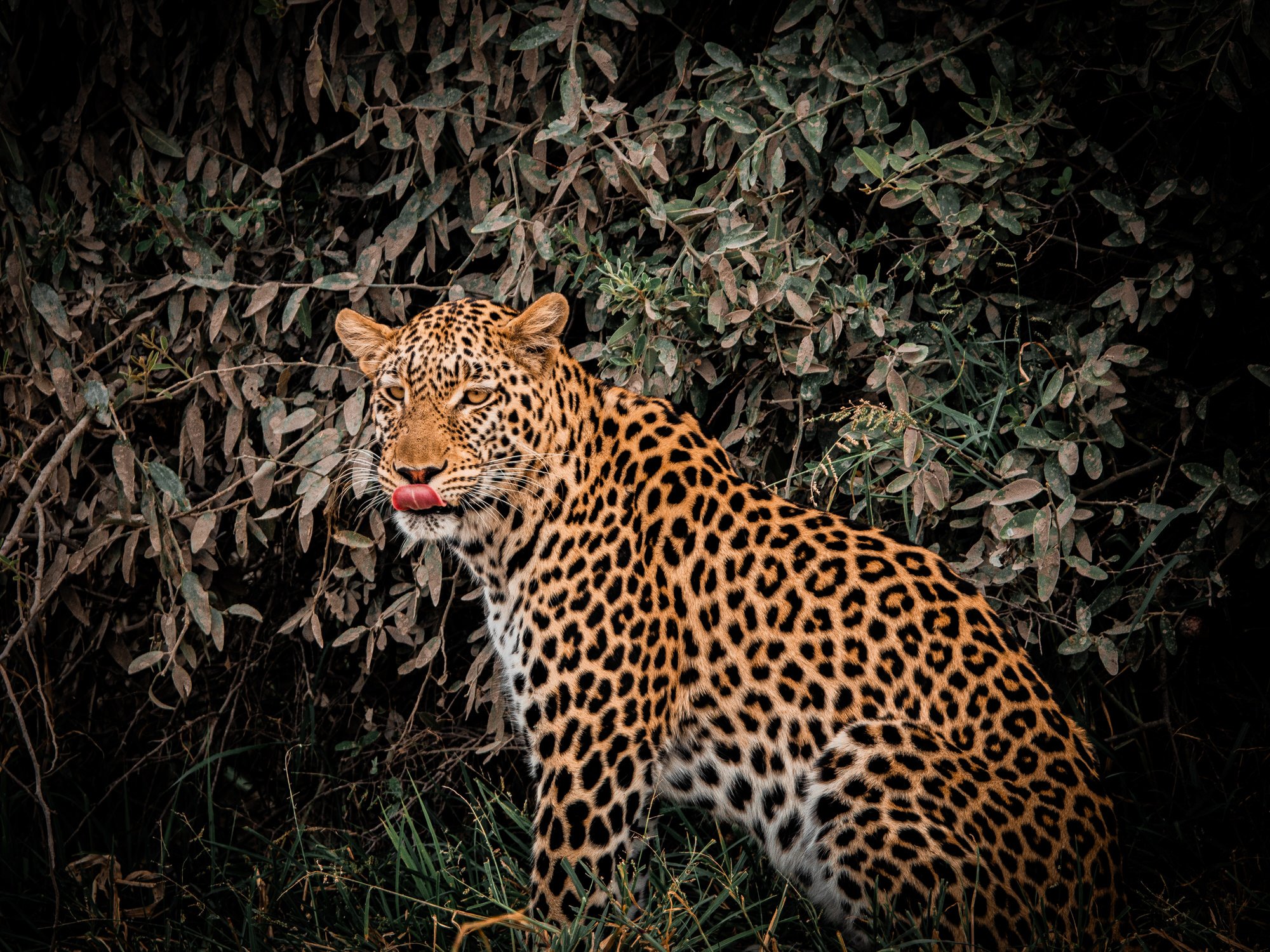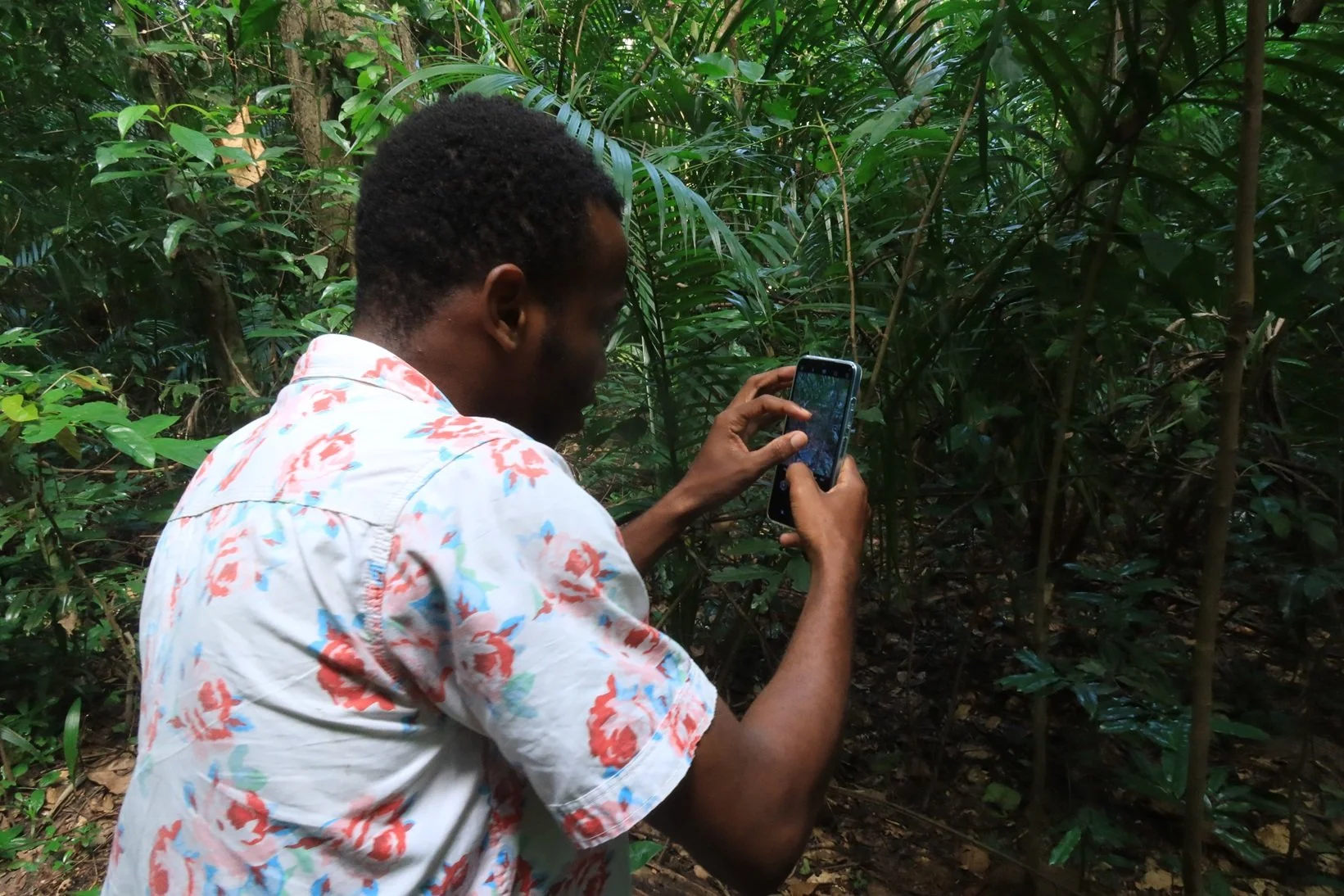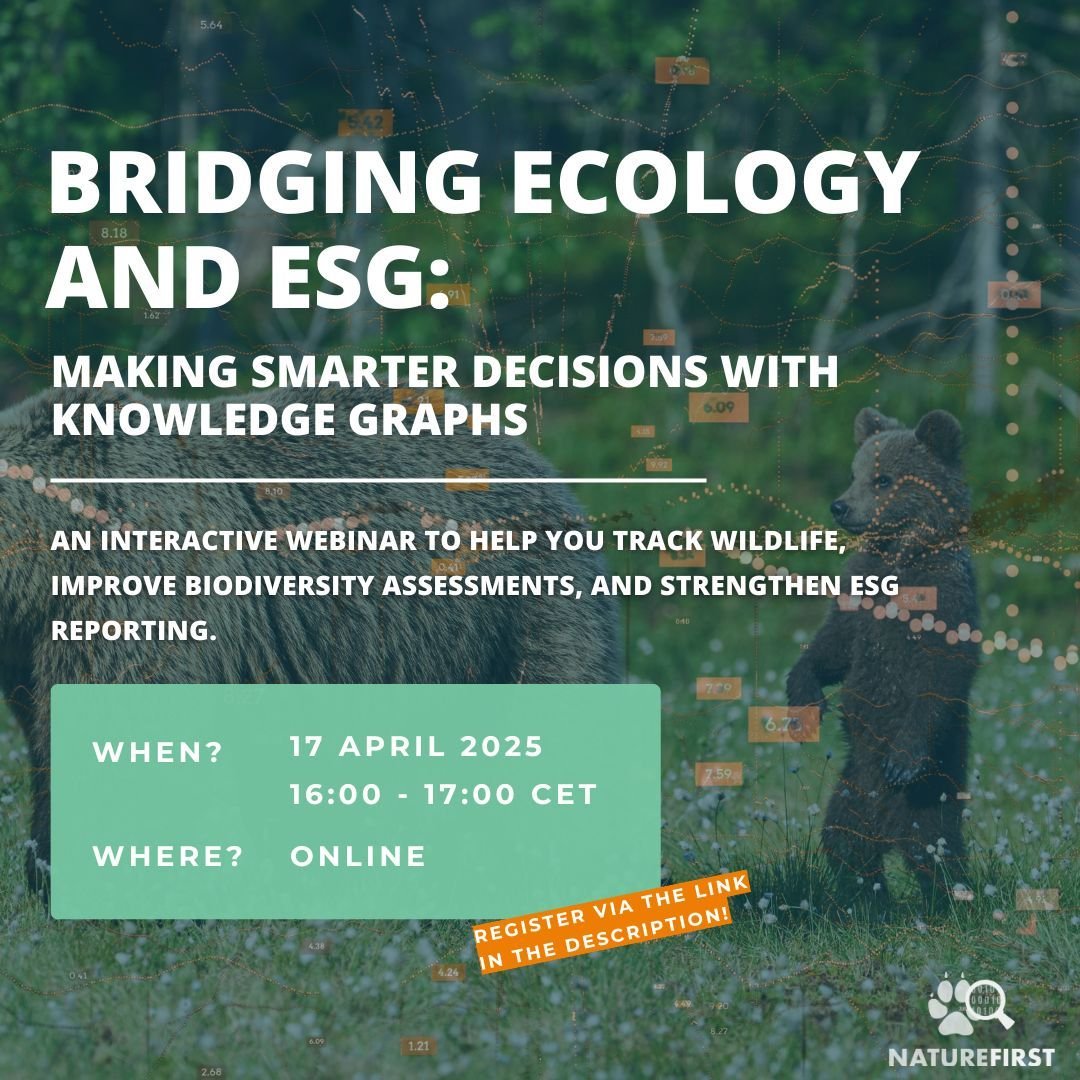
INSIGHTS, NEWS & INNOVATIONS
Conservation Technology Newsblog.
Stay informed on the latest breakthroughs, stories and innovations, driving change in nature conservation and wildlife protection.
MANAGE IT ALL WITH SENSING CLUES CENTRAL!
Smarter Tools. Stronger Collaboration. Greater Impact.
HERFSTMIGRATIE VAN DE KRAANVOGELS, DE SPLINTERNIEUWE VIRTUELE KRAANVOGEL EN HOE U KUNT MEEDOEN
Vanuit het bureau van Dr. Koen de Koning: Laatste nieuws en inzichten
AUTUMN CRANE MIGRATION, THE BRAND-NEW VIRTUAL CRANE, AND HOW YOU CAN GET INVOLVED
From the desk of Dr. Koen de Koning: Latest news & insights
SENSING CLUES FEATURED IN UBUNTU MAGAZINE
Highlighting our mission to support conservation through smart technology
Nature FIRST Conference Panel Discussion
From Tools to Action – Scaling Conservation Solutions for Global Impact
THE ROAD TOWARDS PREDICTING STURGEON MIGRATION
12.06.2025
Learn how to transform data into impactful action for sturgeon conservation in this webinar
CONSERVATION COMMUNICATION THAT WORKS
24.04.2025
Clear messages, local voices, and media-smart strategies
BRIDGING ECOLOGY AND ESG
17.04.2025
Discover how to make smarter decisions with Knowledge Graphs in this live session
LENTE KRAANVOGEL MIGRATIE, NIEUWE KRAANVOGELRADAR FUNCTIES EN INSPIRERENDE STUDENTENPROJECTEN
Van het bureau van Dr. Koen de Koning: Laatste nieuws en inzichten
SPRING CRANE MIGRATION, NEW CRANE RADAR FEATURES, AND INSPIRING STUDENT PROJECTS
From the desk of Dr. Koen de Koning: Latest news & insights
TRACKING CHANGE: ENVIRONMENTAL TIME SERIES
30.04.2025
Discover the power of satellite data to track landscape changes in this webinar
IMPROVED PATROL MAPS & REPORTS, TRACK DOWNLOADS, ENHANCED MAPS FEATURES & NEW TAGS IN FOCUS 360
Latest Updates on the Sensing Clues Platform
DO MORE WITH DATA
27.03.2025
Unlock the potential of data for conservation with this interactive webinar
















